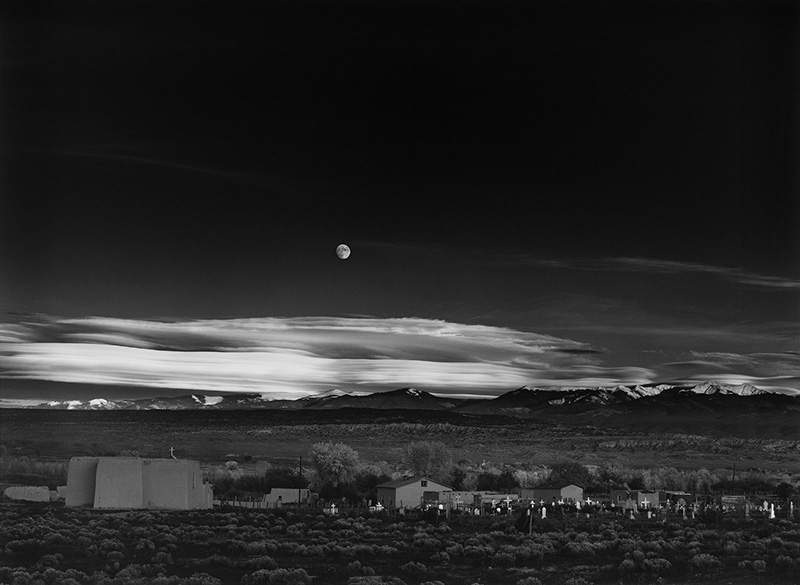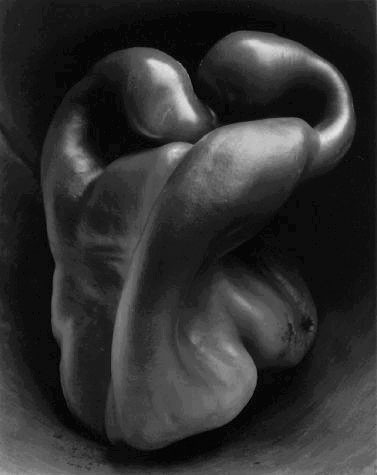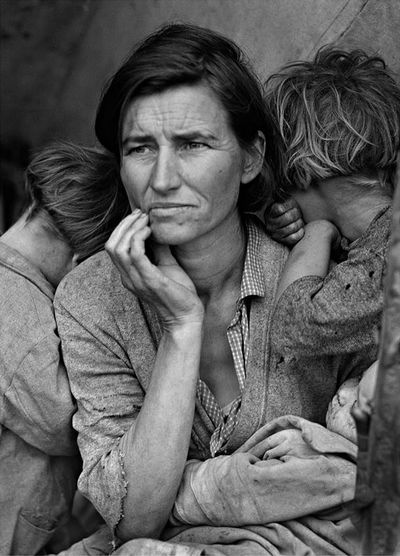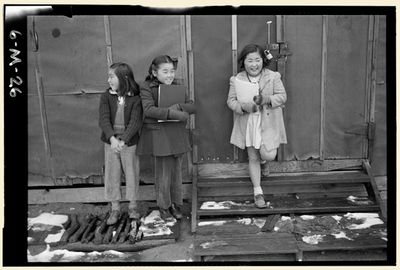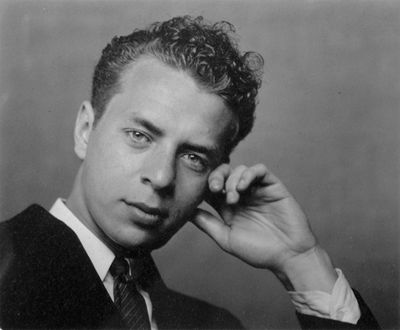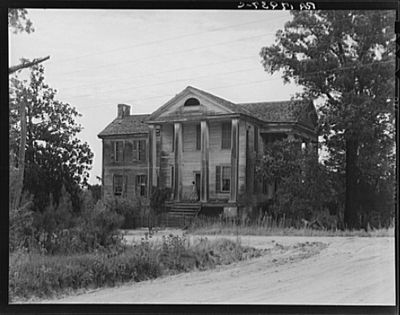Consider—just mull over in your mind—the implications of two ways of
working: 1.) you shoot casually and intermittently on weekends and
vacations and produce hundreds or thousands of "keepers" in a year; 2.)
you work full-time at your photography and produce 10 or 20 photographs
in a year.
So let me give you a few of my thoughts about this.
Let's call that magic number 12. For the sake of discussion only.
Before I start, though, producing 12 photographs a year says nothing at all about working method. It doesn't mean you have to shoot slowly or deliberately or with a view camera, and it certainly doesn't mean you have to shoot sparingly. (Although you could of course do either of those things.) There's nothing at all that says you can't only do quick grabshots or that you can't start with 10,000 exposures. Several people in the comments said they do end up with just a handful of shots a year, and a few specified exactly how they edit that down from much larger groups. Ending up with a dozen pictures doesn't mean you have to limit your shooting.
If you were to work at it full time and take a dozen pictures a year as your goal:
• You'd probably want some sort of strong thematic, and/or stylistic, and/or subject-matter commonality between them. Pictures generally do work better in synergy.
• You'd need maybe three years' shooting for a show and five years' shooting for a book, so it probably ought to be a theme or a style or a subject you were really committed to, something you're passionate about and that will have some "legs" for you. So it probably means you're going to have to figure out what you really love and what you're really good at, and do that. (Although it used to be popular to create portfolios of 8-15 pictures or so. "Portfolio" in this sense meaning not a shop-window to show clients your skills, but in the sense of a limited edition set of finished, matched prints published together in a case or folder. This was St. Ansel's major way of working all through the early parts of his life, for instance.)
• If they had strong thematic, stylistic, and subject-matter commonality, you'd probably also want them to share a common technique.
• The technique could be very involved and/or very expensive. You're only doing a dozen, so each piece can be apportioned some relatively serious resources in terms of your time, or your money, or both.
• It would free you of all the "almosts." You know, those shots that are quite good but at the same time you don't quite completely love. Each picture would have to hit 100% for you, in order to make the final-final-final cut. So you'd need to come down to brass-tacks decisions about how you really feel. No more B.S. like "I like this because I think other people will like it" or "this looks a lot like other peoples' famous pictures."
• You could justify a whole lot of work to get each shot...however much work it needed. I've told the story several times of when Sally Mann literally showed me the genesis of one of her famous pictures—she'd traveled quite a distance to do the shot, and she went there again and again, making multiple attempts to get it right. She finally did get what she wanted, but there were lots of failures leading up to it.
• You could justify making each into an object. I mean a physical object. Most likely a print. Most likely a good print. Maybe framed, or presented in some ideal way, the way you really want it to be. You can't do that with 1200 shots a year, but you can do it with 12.
• It certainly frees you of having to "cover" a situation in the sense of a photojournalist covering an event. You'd go to a family picnic thinking you might get one good shot you can use, not that you have to get thirty pictures for your Facebook page and include every relative.
• Taking the opposite tack, it might more fully "separate out" the record shots / memos / memory shots from your artistic work. That is, you could shoot at the family picnic knowing you were just taking snapshots. Not feeling you had to try too hard to be "a good photographer" might help you relax in those situations.
That's as far as I've gotten. I've got no general conclusion here. I do think it would be a very different way of working. I think in general you'd have to be a lot more mindful and directed. You'd have to have purpose. Might be a good way of working, for some people. Might not be, for others.
Mike
Original contents copyright 2013 by Michael C. Johnston and/or the bylined author. All Rights Reserved. Links in this post may be to our affiliates; sales through affiliate links may benefit this site.
(To see all the comments, click on the "Comments" link below.)
Featured Comments from:
John Reizian: "The process or approach you have described—mindful, committed, purposed and, perhaps, even passionate—is that of an artist (vs. dilettante), is it not? It seems to me that it is how one would describe a painter or a sculptor, building up her or his oeuvre, slowly, methodically, goal-oriented. Like many of your posts, this has me contemplating my own directions in how I choose to capture images and my purpose/motivation in doing so. Thanks...I think."
